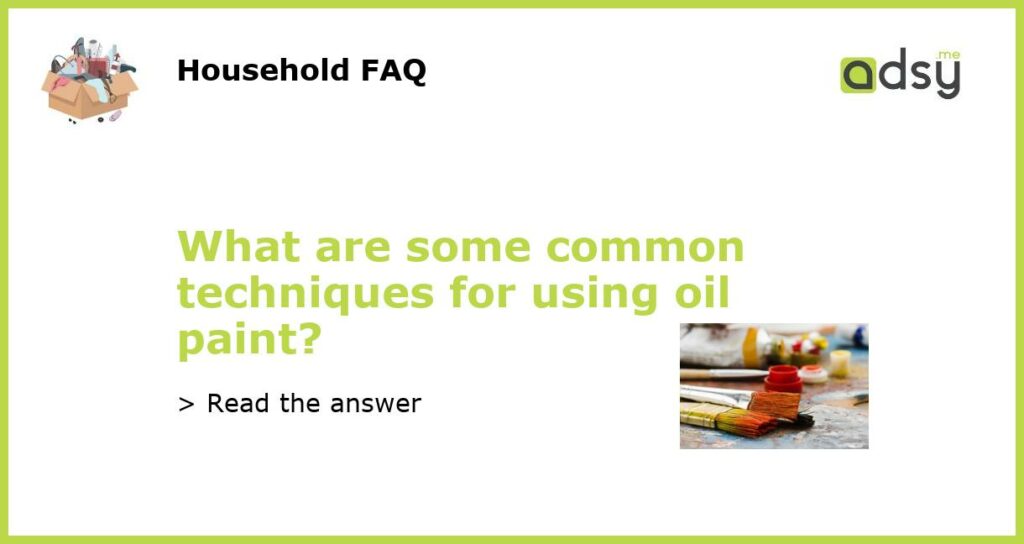How to Use Oil Paint: A Beginner’s Guide
Oil painting is a popular medium that has been used by artists for centuries. It can be a bit daunting for beginners, but once you get the hang of it, the possibilities are endless. Here are some common techniques for using oil paint:
Choose the Right Brushes
One of the keys to using oil paint effectively is choosing the right brushes. Most oil painters use hog hair brushes, which are stiff and durable. It’s also a good idea to have a variety of brush sizes and shapes so you can create different effects and textures.
Use Mediums to Control Consistency
Oil paint can be thick and difficult to control, but there are mediums you can use to adjust the consistency. If you want to thin out the paint, you can use a solvent like mineral spirits. If you want to thicken the paint, you can use a gel medium. Experiment with different mediums until you find the one that works best for you.
Layer Your Paint
One of the benefits of oil paint is its slow drying time, which allows you to layer paint on top of paint. This creates depth and texture in your work. To layer your paint effectively, start with a thin underpainting and gradually build up thicker layers on top.
Use a Palette Knife for Different Effects
A palette knife is a handy tool for oil painters because it can create unique textures and effects that are difficult to achieve with a brush. You can use a palette knife to apply paint in thick, bold strokes or to scrape away layers of paint to reveal the layers underneath.
Clean Your Brushes Properly
Cleaning your brushes properly is important for maintaining their integrity and longevity. To clean your brushes, wipe off excess paint with a rag and rinse them in mineral spirits or odorless turpentine. Then, wash them with soap and water, reshape the bristles, and let them dry.






